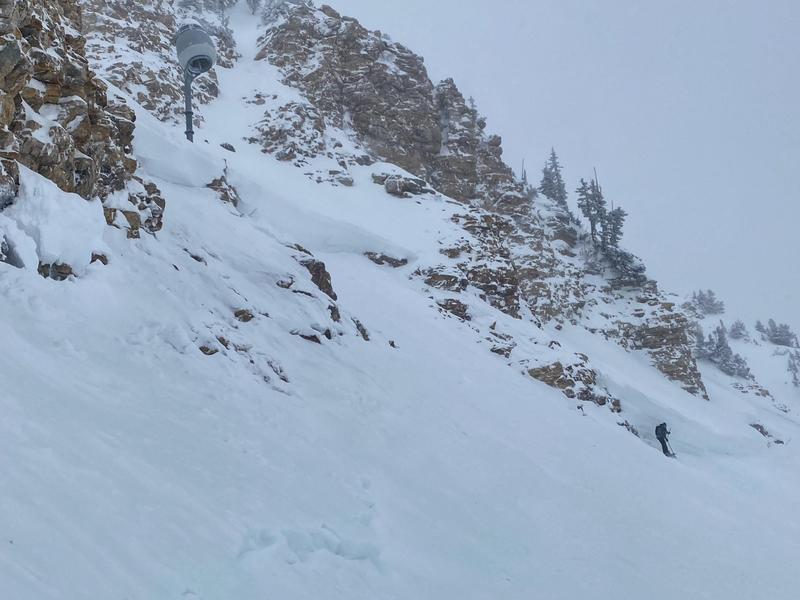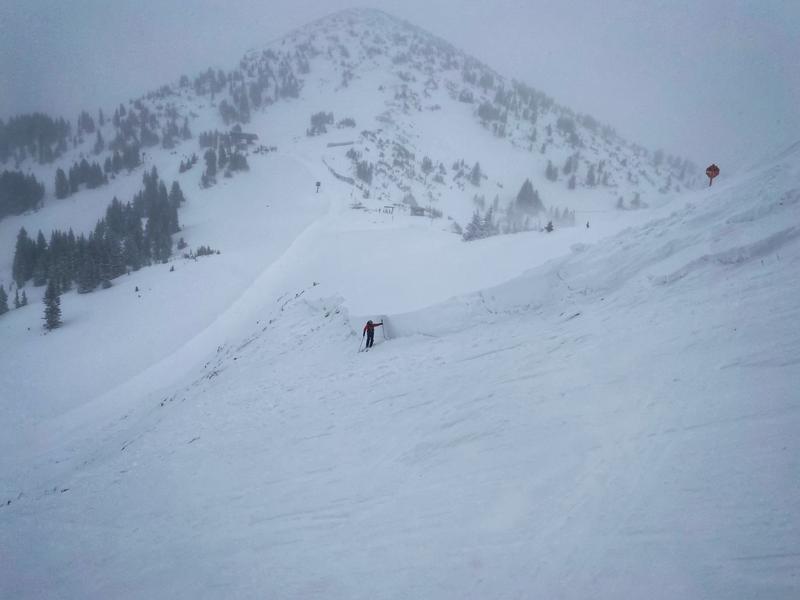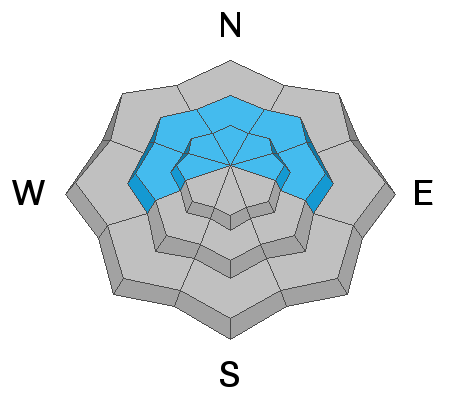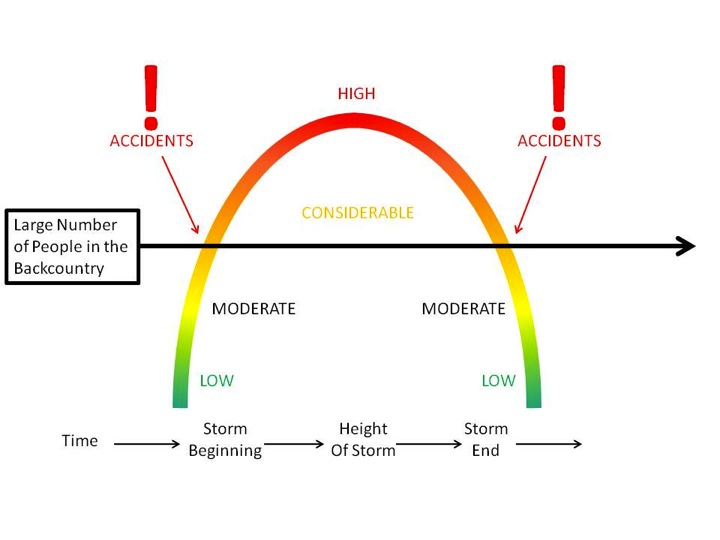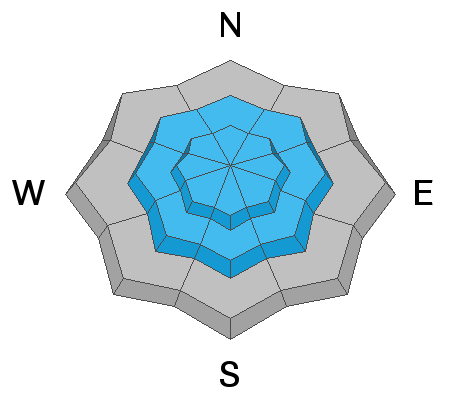Forecast for the Salt Lake Area Mountains

Issued by Nikki Champion on
Wednesday morning, December 29, 2021
Wednesday morning, December 29, 2021
The avalanche danger is CONSIDERABLE on mid and upper elevation aspects facing west through north and east, where strong winds and recent snowfall have created dangerous avalanche conditions. Human-triggered avalanches are likely. Any natural or human-triggered avalanche can be 2-6' deep, over a few hundred feet wide, and likely unsurvivable.
Most avalanche accidents and fatalities occur at a CONSIDERABLE danger rating. Low-angle terrain remains the safest, and best option today.
Most avalanche accidents and fatalities occur at a CONSIDERABLE danger rating. Low-angle terrain remains the safest, and best option today.
There is a MODERATE avalanche danger on mid and upper elevation aspects facing southwest, south, and southeast. Low elevations have a MODERATE avalanche danger.
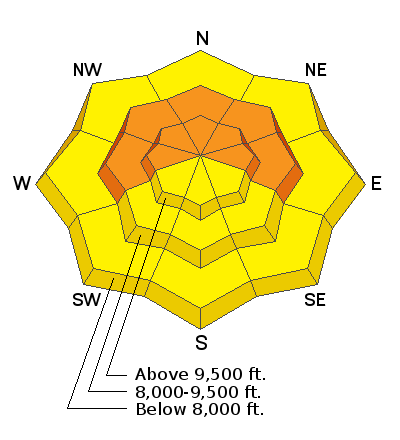
Low
Moderate
Considerable
High
Extreme
Learn how to read the forecast here



